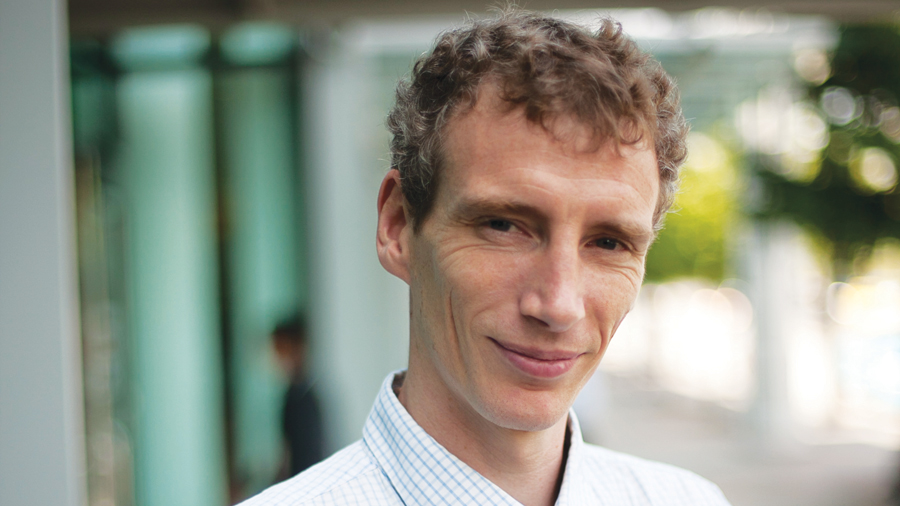What went wrong with MeeGo? 'Nokia lost faith in the project'
We meet Red Hat's 'community gardener' Dave Neary

The secret is to run faster. That was Dave Neary's advice for winning a race. Which isn't perhaps that strange when you consider that his talk at OSCON last year was on 'Hacking your body: running as performance tuning', and he's a qualified athletics coach.
But Dave also has some serious geek credentials. Over the last 10 years, he's worked on Gimp, Gnome, MeeGo and now at Red Hat, where he helps communities work together. Our sister title, Linux Format (LXF) met up with him.
LXF: You've described your new role at Red Hat as your perfect job.
DN: (Laughing) Well, what I've been doing for the last few years is helping companies and communities work better together. And that's what I'm doing at Red Hat. I'm working with all the open source projects Red Hat has invested in, and helping them be better community projects. I can't think of anything more honourable to do.
LXF: Wasn't this something Red Hat was already pretty good at?
DN: Believe it or not, this is something that Red Hat has not done internally, in an organised fashion. Up until a certain point, Red Hat hired people who were open source community savvy. And that only scaled so far. So now we're at a situation where Red Hat is almost 5,000 people.
LXF: But they could presumably tap into the Fedora community on their doorstep?
Sign up for breaking news, reviews, opinion, top tech deals, and more.
DN: Sure. Well, Fedora's not perfect either. I think most of the Fedora project leaders would be the first to admit that. There is always something we can do to help us improve the community dynamics of a project. Even something with as long a history and heritage as Fedora.
Also, a lot of people are coming into Red Hat through acquisition, and there is a certain ethos, a certain philosophy, that is the Red Hat way - the Red Hat philosophy that we're trying to transmit and cultivate in projects that have perhaps not grown up inside of Red Hat. So, there's always a lot of work to do. Maintaining and growing a healthy community is something that needs constant attention. You can't put your guard down.
LXF: Turning that into action, what is it that you're having to do?

DN: The first project that I'm working on significantly is oVirt. And what we're doing with oVirt is concentrating with adaption.
Concentrating on whether the kind of documentation that users expect when they're arriving at the oVirt website - what is oVirt and what's it's positioning? And how can we make that better so that the people who should be interested in oVirt are coming to the website? How can we diversify the contributor community to oVirt? Where are the other companies, and individuals who would be interested in, and have a strategic interest in, seeing oVirt do well, or seeing a project like oVirt do well? And recruit them to join the project.
It's nuts and bolts stuff. It's nothing particularly exciting. But all in all, when you look at it from the big picture, we're taking a great project like oVirt - which is data centre virtualisation; the idea is to be able to run hundreds of virtual machines on dozens of nodes in a data centre-type environment and have one controller, one machine controlling the whole lot.
We've got the oVirt engine as the controller, the dashboard, and then on each of the nodes we run an operating system that can be either Fedora or oVirt Node at this point, and Red Hat Enterprise as well. One of the things we're doing is to ensure that we can run any operating system on the nodes, including things like Fedora, of course, which it does already; but also things like Ubuntu, OpenSUSE, because we really do want the project to be distribution agnostic.